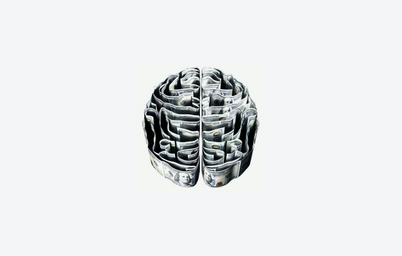In honor of Women’s History Month, let’s give credit where credit is due! Here are five female scientists who are the actual brainiacs behind key scientific accomplishments.
- Rosalind Franklin
-
Rosalind Franklin was an English chemist who used X-ray crystallography to study molecular structures— things like DNA, RNA, viruses, and minerals. Her work with X-ray images led her to discover the double-helix structure of DNA, but she never received the recognition for it. Her collaborator, Maurice Wilkins, shared her notes and work with Francis Crick and James Watson, and they were all awarded the Nobel Prize in 1962. Franklin had passed away due to ovarian cancer four years earlier. Despite the lack of recognition in her life, countless institutions now realize her critical contributions to the discovery of DNA and honor her name through awards and scholarships.
- Katherine Johnson
-
Creola Katherine Johnson was a Black American mathematician who calculated and verified complicated equations used in NASA’s moon landing and other important space flights. She played an important role in bringing the Apollo 13 crew home— all during the era of state racial segregation laws and federal workplace segregation. Johnson and many other African-American women doing computation at NASA worked in the basement, or the “Colored Computers” office. Often, they didn’t receive the same credit as their white male colleagues. Fortunately, Johnson’s contributions are recognized today, and as her presence was excluded from the famous film “Apollo 13”, her and countless other Black women mathematicians were honored in the 2016 film, “Hidden Figures”.
- Lise Meitner
-
Lise Meitner was an Austrian-Swedish physicist and the first woman to become a university professor of physics in Germany. She worked with Otto Hahn on nuclear fission, which is the foundational concept behind atomic bombs. However, after Hitler’s rise to power, her Jewish identity made her a target, and she was forced to flee to Sweden. Her correspondence with Hahn became limited to letters, and soon after, Hahn published their findings under his name. He won the Nobel Prize in 1944. Today, Meitner has an element, meitnerium, named after her.
- Chien-Shiung Wu
-
Chien-Shiung Wu was a Chinese-American experimental physicist who, on the request of her male colleagues, conducted a test to prove their theory on an exception to the law of conservation of parity. However, her male colleagues went on to win the 1957 Nobel Prize without her since their work was theoretical and hers was experimental. What’s worse is that Ida Noddack, another female scientist, had been rejected from the Nobel Prize for the exact opposite reason— for her work being theoretical instead of experimental. Wu went on to become an advocate for gender equality and equal pay in her profession, fighting for the future generations of women in STEM.
- Eunice Foote
-
Eunice Foote was the actual scientist who discovered the greenhouse effect, but Irish physicist John Tyndall is typically credited for it instead. Being a woman in the 1850s, Foote was not permitted to read her paper to the American Association for the Advancement of Science. It was read for her and was not widely published afterwards. In 1859, Tyndall presented a similar paper and was credited through history for climate change science.
Unfortunately, there are likely countless other female scientists unknown and unremembered by the world. Let’s appreciate them all this month for paving the way for future scientists and being badass brainiacs in the process!


